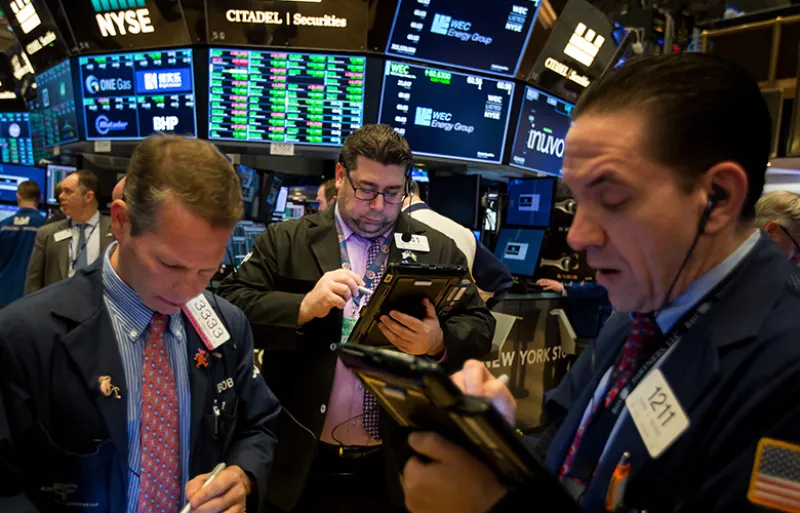The amount of money that publicly traded asset managers oversee grew by 16 percent in 2017 — but that double-digit increase came from the rise in global markets last year and not organic growth, according to a new analysis from asset management consultancy Casey Quirk, which is owned by Deloitte.
And while a big gain on assets under management looks good on paper, asset managers are nonetheless facing a squeeze on revenues, according to the firm. Operating margins of the public asset management firms Casey Quirk analyzed increased to 31 percent last year, up 2 percentage points from 2016.
But revenues only grew by an estimated 11 percent, the result of investors demanding lower fund fees, according to the study. In contrast, revenues fell 1 percent from 2015 to 2016, but lower fees were only one reason for the drop that year.
[II Deep Dive:The Bloodletting Isn't Over Yet for Active Managers]
"Even though it was a strong year for most firms, the industry still faces the same set of challenges, including lower organic growth, the shift to passive, and higher costs," says Amanda Walters, a senior manager at Casey Quirk who led the analysis. "These were masked by capital appreciation in 2017."
Casey Quirk's analysis of 64 publicly traded firms also shows that the industry is quickly consolidating. The five firms with the highest inflows captured a whopping 72 percent of growth, up from 60 percent two years ago. The passive trend has also continued unabated, with 48 percent of new flows going to index funds. That trend was a big factor behind a 4 percent decline in fees for asset managers as a whole, says Walters.
Costs also rose. In 2017, costs increased for 88 percent of public managers, compared with 59 percent the year before. The median cost growth was an estimated 8.7 percent, according to the analysis. Walters said much of the cost increase can be pinned to rising compensation costs during the bull market of 2017.
"In a year where markets outperform, people will be paid more," says Walters.
But Walters stresses that more capital is remaining inside firms. For one, asset managers need to invest in new technology to try and improve the investment process, increase the efficiency of their firms overall, and boost the effectiveness of sales people.
"Historically this wasn't a focus because the industry was so healthy," she says. "But the complexity of doing business is higher now as managers move into new channels or go global."







